"Angora Cat And Her Kitty By Artur Heyer (1872 - 1931)"
The genre scene with a cat and its kitty was executed by Arthur Heyer (1872 in Haarhausen - 1931 in Budapest), a famous German-Hungarian painter, mainly of animal motifs. Due to his artistic talents, he attended the educational institute of the Kunstgewerbemuseum in Berlin from 1890 to 1895. His teacher was Max Friedrich Koch. During this time, Heyer also published his first cartoons in various newspapers, notably in the satirical weekly Die Waspen, published at the time as a supplement to the Freisinnige Zeitung under the editorship of Eugen Richter. In 1892 and 1895, he made study trips to Transylvania, where he came into contact with the local Hungarian culture. In 1896 he moved to Budapest and earned his living with book illustrations. In 1900, he took Hungarian nationality, then still part of the Austro-Hungarian monarchy. In 1906, he presented his first exhibition in Budapest, which was followed by many others. In 1909 he also had two exhibitions in his homeland of Thuringia, at the Grand Ducal Museum in Weimar and at the Kunstverein Gotha. In 1911, he received the Hungarian Graf Andrássy Prize. After several exposures, eg. in 1915, he was appointed professor at the Künstlerhaus in Vienna and at the Glaspalast in Munich. In 1929, the Hungarian National Museum in Budapest acquired his self-portrait. In 1931 he died in Budapest at the age of 59 and received a state funeral on the temető of Kerepesi. Besides his early satirical drawings,
Arthur Heyer mainly painted images of animals, especially cats. There are many pictures, often commissioned works, in which Angora cats, painted by him in many shades, are depicted in a naturalistic way. For this reason, he was also called "Cat Heyer". Also, there are many pictures of other animals, such as deer, rabbits, pheasants, chickens, stags, and dogs. Today these are often sold as art prints or posters.
Literature: "General Lexicon of the Artist" by Thieme/Becker, Leipzig.; MagyFestAdat, 1988.
Inscriptions: signed lower left.
Technique: oil on canvas. Original period frame.
Dimensions: without frame 68 x 55 cm; framed 80.5 x 67.5 cm.
Condition: in very good condition.



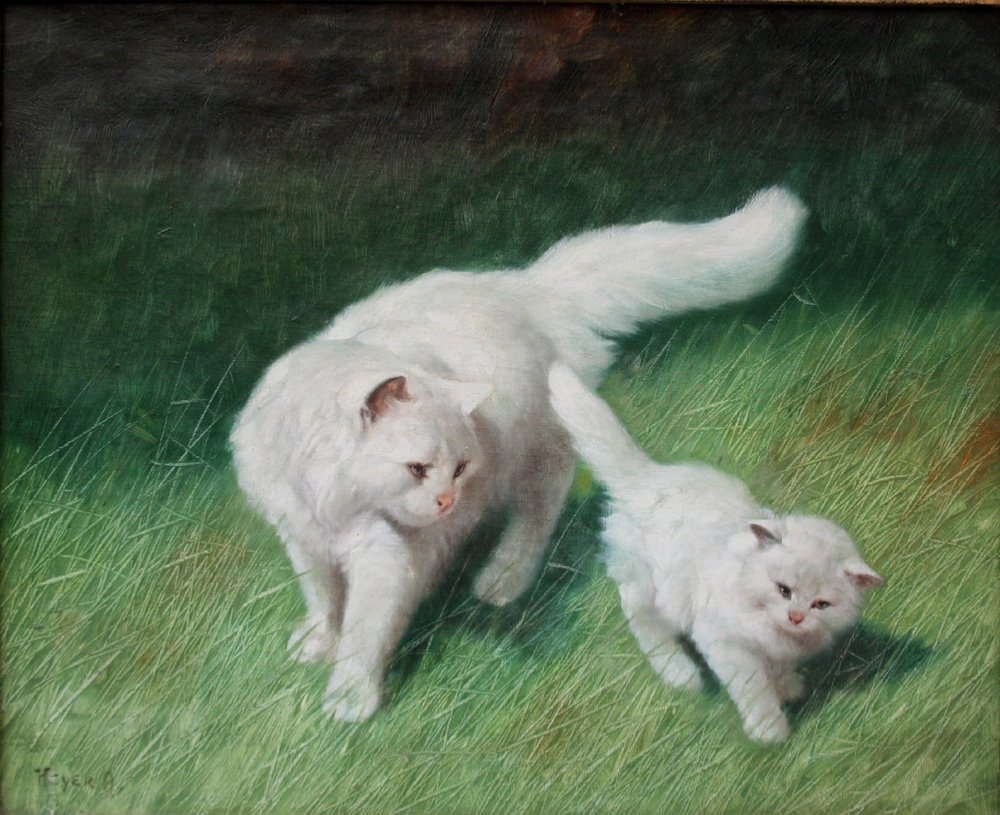






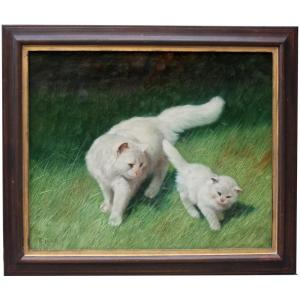








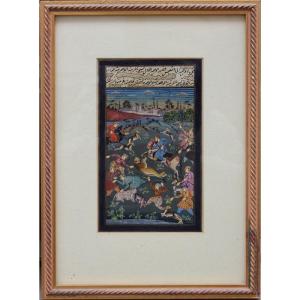


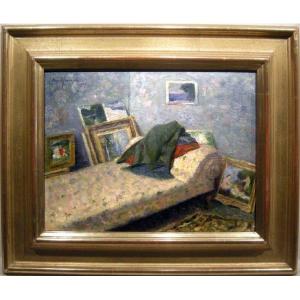
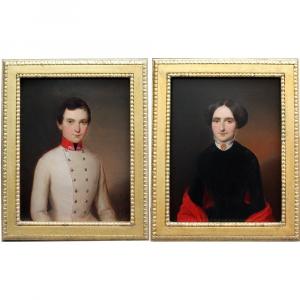
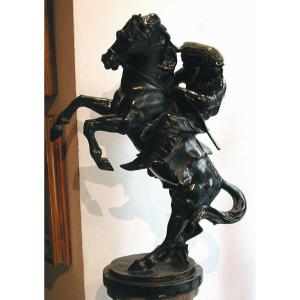
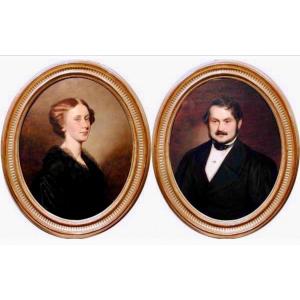
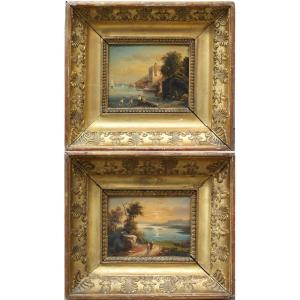
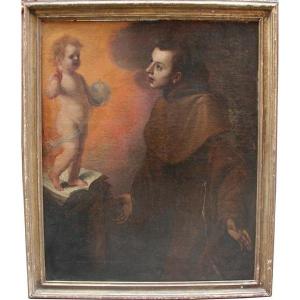


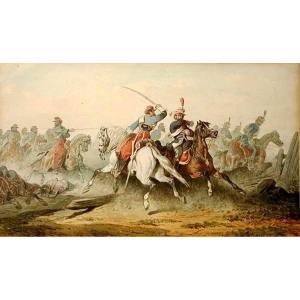
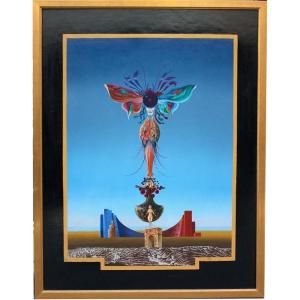

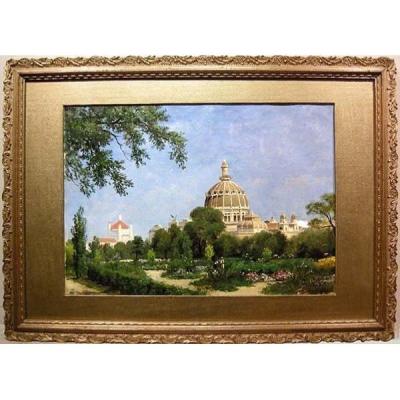
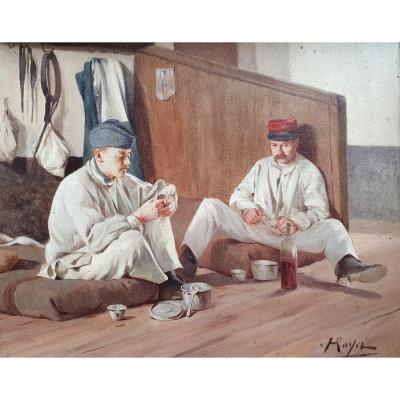

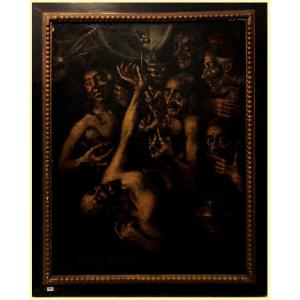





 Le Magazine de PROANTIC
Le Magazine de PROANTIC TRÉSORS Magazine
TRÉSORS Magazine Rivista Artiquariato
Rivista Artiquariato